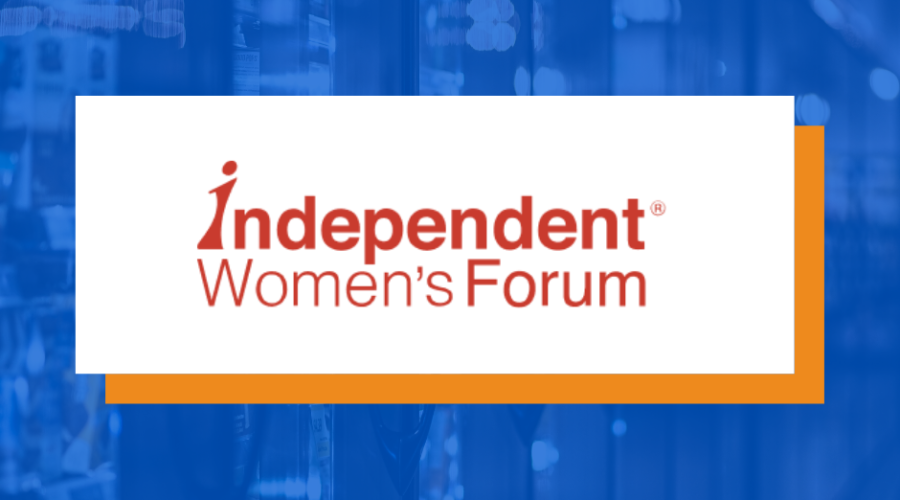FDA’s Authorization Of Vuse Solo Is A Bittersweet Victory For Vapers
On October 12th, the Food and Drug Administration authorized the marketing of the Vuse Solo device — a type of e-cigarette — and its tobacco-flavored e-liquid pods, both produced by R.J. Reynolds. The authorization marks the first-ever decision in favor of vaping by the FDA. Preceded by over a million rejections of authorization requests from smaller companies, the FDA’s Vuse Solo decision is both a reason for celebration and reflection.
The good news is that the FDA finally recognized that harm reduction is a central feature of e-cigarettes. The rationale for approving Vuse Solo products was that “tobacco-flavored products could benefit addicted adult smokers who switch to these products.” So e-cigarettes were found to be consistent with the protection of public health. Yay! It only took the FDA two years of onerous reviews and bureaucratic chaos to get there, proving once again that FDA authorization is much more about a company’s ability to navigate red tape over science.
Building and submitting a market authorization application takes an average of 1,713 hours to compile and could cost several million dollars per product. That presents a challenge for all vaping companies, but the bureaucratic burden has been insuperable for the smaller ones. None of them has managed to pass the FDA’s test, and the grounds for that are scientifically unjustified.
The FDA has used e-cigarettes’ supposed “appeal to young people” as a justification for PMTA rejections. However, smoking rates among minors have been dropping in the US, despite the FDA’s, CDC’s, and Michael Bloomberg’s determination to twist the latest National Youth Tobacco Survey results to their advantage. Between 2019 and 2021, the use of electronic cigarettes among teens more than halved: 27.5% to 11.3%.
Contrary to the FDA’s misleading reports, only 3.1 percent of high school students and less than 1 percent of middle school students use vapor products daily. Recent studies found that vape flavor restrictions make teens take up smoking.
Not to mention that reducing accessibility to vaping products negatively impacts adult smokers who are stripped of the opportunity to switch. Using flavors has been associated with a 2.3 times higher likelihood of quitting than the use of tobacco-flavored cigarettes. To protect public health, the FDA should ensure that a vast majority of products are available on the market.
The FDA made the historic e-cigarettes marketing approval process all about resources, while it should have been about smokers and harm reduction. E-cigarettes are safe, and now that the FDA recognized it in the case of one company, the trend should get replicated across the board, regardless of size and standing.
Originally published here









